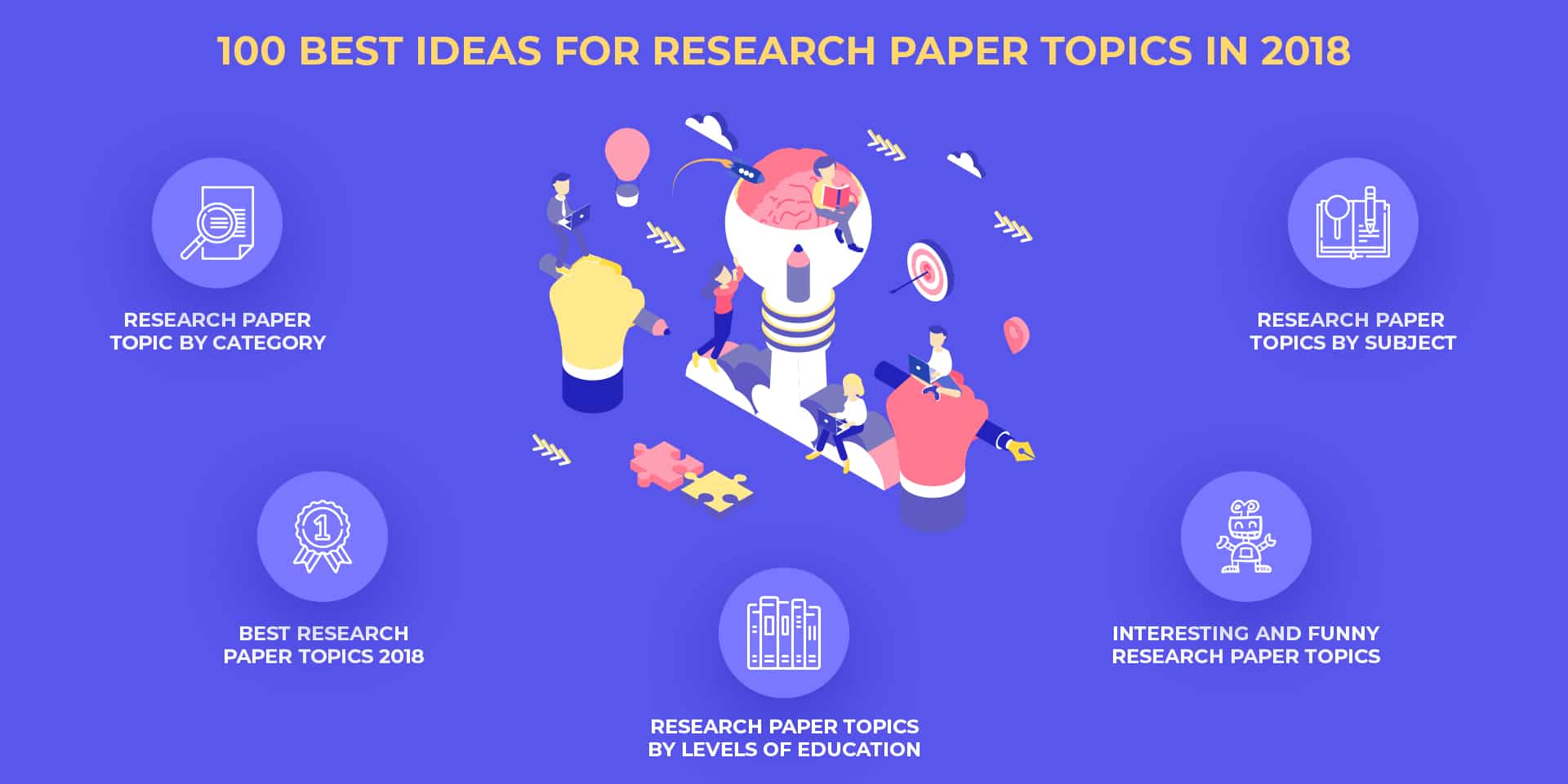Most Trending Research Topics That You Can Work on Using SPSS|2025
Explore the most trending research topics that you can work on using SPSS. Discover ideas and analyze data effectively with SPSS tools.
Statistical Package for the Social Sciences (SPSS) is one of the most widely used software tools for analyzing data in various fields, ranging from social sciences and business to healthcare and education. With its user-friendly interface and powerful statistical capabilities, SPSS facilitates both beginners and seasoned researchers in conducting comprehensive data analyses. This paper explores some of the most trending research topics across disciplines that can effectively leverage SPSS for data management, analysis, and visualization.
Social Media and Consumer Behavior
In today’s digital age, the influence of social media on consumer behavior is a highly popular research area. SPSS can be used to analyze large datasets gathered from surveys, online polls, or social media platforms to explore patterns in consumer preferences, spending habits, and brand loyalty.
- Example: A researcher can use SPSS to examine how Instagram advertising impacts purchasing decisions among millennials. By applying correlation analysis and regression models, the study can identify key predictors of consumer behavior.
Mental Health Trends Post-Pandemic
The COVID-19 pandemic has had significant implications on mental health globally. Researchers are increasingly focusing on understanding trends in anxiety, depression, and stress levels using statistical tools like SPSS.
- Example: Using SPSS, researchers can analyze survey data to study the prevalence of anxiety disorders among healthcare workers during and after the pandemic. Techniques such as factor analysis and chi-square tests can be used to uncover demographic patterns.
Educational Technology and Academic Performance
The rise of online learning platforms has sparked interest in their impact on academic outcomes. SPSS can help analyze student performance data to assess the effectiveness of various educational technologies.
- Example: A study could examine the correlation between the use of e-learning tools and students’ grades. SPSS can assist in applying t-tests or ANOVA to compare performance across different groups.
Employee Satisfaction and Organizational Productivity
Understanding employee satisfaction and its impact on productivity is a vital topic in organizational research. SPSS enables HR professionals and researchers to analyze survey responses and draw meaningful insights.
- Example: Using SPSS, a company could conduct a study on the relationship between job satisfaction and employee retention rates. Regression models can be applied to predict the likelihood of turnover based on satisfaction scores.
Climate Change Awareness and Behavioral Change
Climate change remains a pressing global issue. Researchers are using SPSS to analyze public opinion data and assess the effectiveness of awareness campaigns in driving behavioral changes.
- Example: Researchers can apply SPSS to evaluate the impact of environmental education programs on recycling habits. Cross-tabulation and logistic regression can help in identifying the demographic factors influencing behavior.
Big Data Analytics in Healthcare
The healthcare sector is increasingly relying on data analytics to improve patient outcomes. SPSS plays a significant role in analyzing clinical data, patient feedback, and public health surveys.
- Example: A researcher might use SPSS to analyze the effectiveness of telemedicine in rural areas by comparing patient satisfaction scores before and after its implementation. Descriptive statistics and paired t-tests can provide valuable insights.
Gender Equality and Workplace Dynamics
Gender equality in the workplace is a trending topic across industries. SPSS can help analyze data related to pay gaps, promotion rates, and job satisfaction across genders.
- Example: A study could use SPSS to explore the relationship between gender and leadership opportunities. Chi-square tests can identify significant differences, while regression analysis can predict trends.
Sports Performance Analytics
Sports analytics is gaining momentum as teams and athletes look to optimize performance. SPSS can be used to analyze player statistics, game strategies, and training outcomes.
- Example: A sports scientist could use SPSS to determine how various training regimens impact players’ physical performance. Multivariate analysis of variance (MANOVA) can be employed for detailed comparisons.
E-commerce and Customer Retention
With the rapid growth of e-commerce, businesses are interested in understanding customer retention strategies. SPSS is instrumental in analyzing transactional and survey data to uncover insights.
- Example: SPSS can be used to perform cluster analysis on customer data to segment shoppers based on their buying behaviors. This information can guide personalized marketing efforts.
Political Opinions and Voting Behavior
The study of political opinions and voting patterns is another area where SPSS is frequently employed. Researchers can analyze data from polls to understand voter behavior and preferences.
- Example: A political scientist might use SPSS to explore the relationship between demographic variables and voting intentions. Logistic regression and cluster analysis can be used for predictive modeling.
Crime Patterns and Prevention Strategies
The analysis of crime data is crucial for developing effective prevention strategies. SPSS can help law enforcement agencies and researchers identify trends and correlations.
- Example: Using SPSS, a criminologist could analyze the relationship between socioeconomic factors and crime rates in urban areas. Geographic and temporal patterns can be visualized using advanced statistical techniques.
Public Health and Nutrition
The field of public health often relies on statistical tools like SPSS to analyze data on nutrition, lifestyle, and disease prevalence.
- Example: Researchers could use SPSS to examine the relationship between dietary habits and obesity among teenagers. Chi-square tests and logistic regression can provide insights into risk factors.
Entrepreneurship and Startup Success
The startup ecosystem offers a fertile ground for research, especially in understanding factors that contribute to entrepreneurial success. SPSS can be used to analyze data on funding, market conditions, and business performance.
- Example: A researcher might study the impact of mentorship programs on startup success rates using SPSS. Descriptive and inferential statistics can highlight key predictors.
Artificial Intelligence and Public Perception
As AI technology advances, understanding public perception of its ethical and societal implications is gaining importance. SPSS can analyze survey data to uncover trends and opinions.
- Example: A study could use SPSS to analyze differences in AI acceptance across age groups. Factor analysis can help identify underlying themes in public opinion.
Financial Markets and Investment Behavior
The volatility of financial markets makes them a popular topic for research. SPSS is commonly used to analyze investor behavior and market trends.
- Example: A study might use SPSS to explore the relationship between economic indicators and stock market performance. Time-series analysis can provide valuable predictions.
Tourism and Sustainability
Sustainable tourism is an emerging area of research as destinations grapple with balancing economic growth and environmental conservation. SPSS can be used to analyze visitor data and sustainability metrics.
- Example: Researchers could use SPSS to examine the impact of eco-tourism initiatives on local economies. Regression and correlation analyses can provide actionable insights.
Technology Adoption in Agriculture
The integration of technology in agriculture is transforming the sector. SPSS can help analyze the adoption rates of technologies like drones, IoT devices, and precision farming tools.
- Example: A researcher might use SPSS to study factors influencing farmers’ adoption of smart irrigation systems. Logistic regression can predict adoption likelihood based on demographic and economic variables.
Diversity and Inclusion in Education
Diversity and inclusion remain critical areas of research in education. SPSS can analyze data on student demographics, academic performance, and access to resources.
- Example: SPSS can be used to assess the impact of inclusive teaching practices on student engagement. Multivariate regression models can help explore complex relationships.
Urban Development and Smart Cities
The development of smart cities is a hot topic in urban planning. SPSS can assist in analyzing data on transportation, energy usage, and citizen feedback.
- Example: Using SPSS, researchers can evaluate the effectiveness of smart city initiatives in reducing traffic congestion. Factor analysis and descriptive statistics can be employed for detailed insights.
Cultural Studies and Globalization
Cultural studies in the context of globalization have gained significant traction. SPSS can analyze cross-cultural survey data to understand societal changes.
- Example: A researcher could use SPSS to explore the impact of globalization on cultural identity among young adults. Cluster and discriminant analyses can provide nuanced perspectives.
Conclusion
SPSS is a versatile and powerful tool that opens doors to countless research opportunities across disciplines. Whether analyzing consumer behavior, public health data, or political opinions, SPSS provides researchers with the capabilities to derive meaningful insights from complex datasets. By exploring the trending topics outlined in this paper, researchers can contribute valuable knowledge to their respective fields while leveraging the full potential of SPSS.
Needs help with similar assignment?
We are available 24x7 to deliver the best services and assignment ready within 3-4 hours? Order a custom-written, plagiarism-free paper






